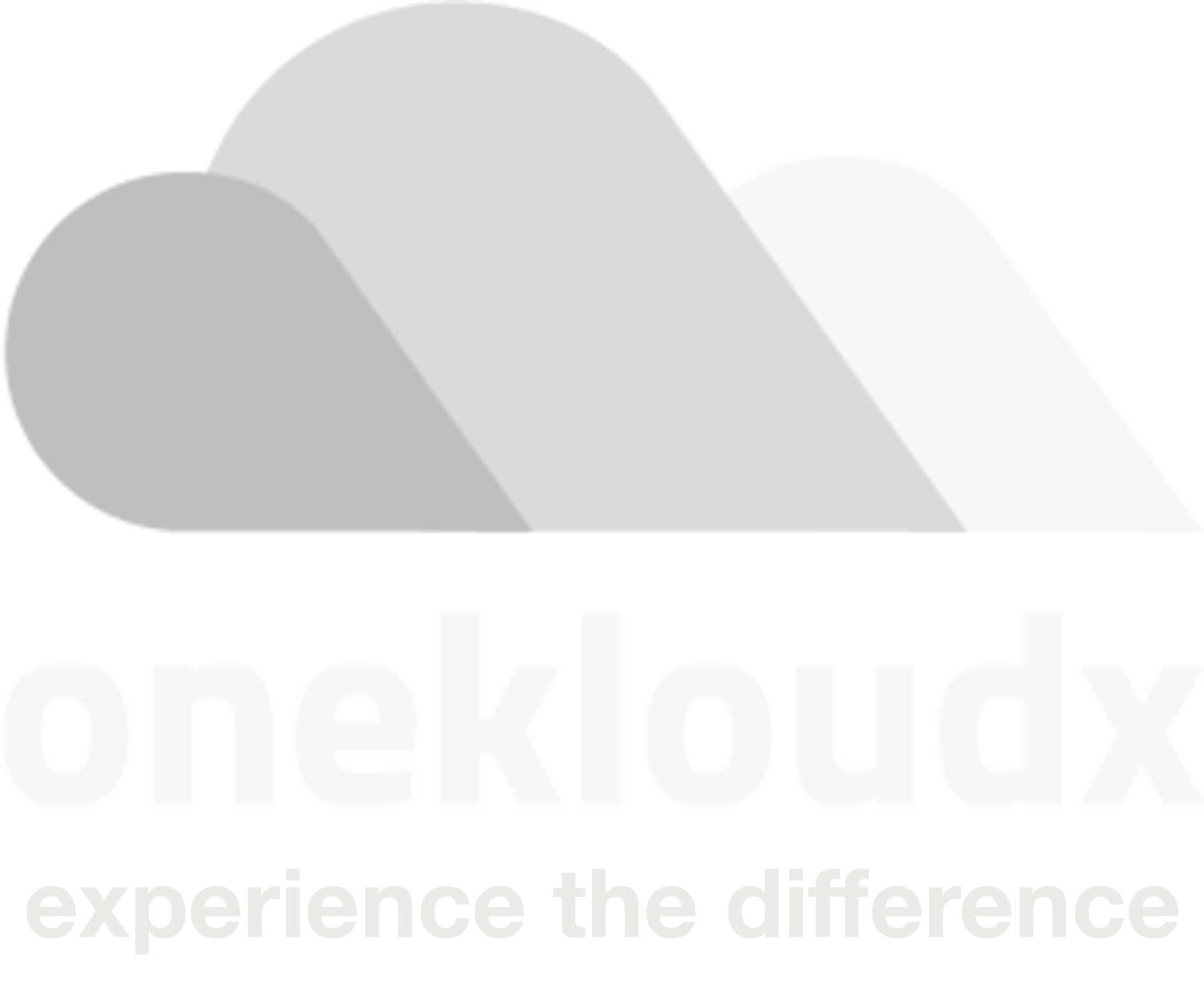
6 legacy systems risks by not retiring old systems
“We’re going to ‘sweat’ our asset a little longer”. This is a phrase that is often spoken by management when considering an organisation’s existing software systems. An initial investment has been made in a solution, and now, when faced with upgrading or replacing it for a better outcome, the business decides to hold off, rather than spend additional money and time for the upgrade. This is the major risk of legacy systems.
With the rippling effects of the global pandemic, it’s more important than ever to protect your business by upgrading your legacy Enterprise Resource Planning (ERP) system. When upgrading or replacing an existing ERP, companies try hanging on to their ineffective system for as long as possible.
On the surface, this might seem like a solid strategy, but deciding to “make do” for a little while longer could be putting your business at serious risk. Trying to live with an outdated system will have you wasting more time and money trying to fix problems that will soon be obsolete. With the deep level of data visibility, built-in business intelligence, and intuitive functionality of modern technology, weaknesses and shortcomings in legacy ERP systems are rapidly being exposed. So what are the main reasons to retire your legacy system, and what should you replace it with?
The five main reasons why it’s time to update legacy erp systems:
1. Legacy ERP systems become a security risk
Old systems have many more vulnerabilities that can leave your business exposed to security risks. As your ERP system gets older, it will slow down, and you will lose support from the original system vendor. Losing that support means there will be no investment in developing bug patches or improving security for the beating heart of your business. With cyber crime on the rise, an unpatched ERP system is at risk of attacks that have a higher chance of accessing precious company data.
Older ERP systems also tend to have limited control over who has access to view and manipulate data. For example, the sales team needs to see inventory and produce quotes, however, you wouldn’t necessarily want them to change product line data. While employees in other areas of the business, who don’t need to access the finer client details, need restrictions on what client data they can see.
2. Working from home makes legacy ERP systems and hardware an expensive employee
With many employees working from home, to comply with social distancing rules and reduce the risk of catching COVID-19, many businesses are looking to reduce their office footprint. Keeping an on-premise ERP system is becoming more and more expensive as it takes up valuable space, and comes with its own built-in costs. Legacy software requires hardware to run it, data centres to house it and electricity to power it.
On-premise ERP systems also require IT employees to be onsite to maintain it, and with many countries still experiencing lockdowns, there is no one available in the event of a system failure. If the on-premise system is the only reason to keep an office space, it becomes a very expensive employee.
3. Vendor ends support creating an inefficient and unstable system
Your business has grown, but the ERP solution that your business relies on to operate has not. The system cannot keep up with the growth of your business, and the functionality (or lack thereof) may hold you back. The flow-on effect is that businesses try to integrate all their business systems, but that also becomes problematic, difficult, and expensive. Legacy systems weren’t designed to connect to each other. For many businesses, this only becomes an issue when a newer system is upgraded and they discover that it no longer communicates with the core legacy system.
To compensate, some organisations spend many hours, and large sums of money, to try to integrate and duplicate the behaviour of the legacy ERP for their newer systems, only to find that there are significant interoperability and security issues in doing so. You may find yourself ‘up the ERP creek without a paddle’ if the vendor decides not to extend support for the version, or entire solution, you rely on.
In the event of a system outage or data corruption, you would have no support, leaving your IT team to find the issue and come up with a patch.
4. No single source of truth for your business
As legacy ERP systems age, and companies implement other software to compensate, data silos emerge and any data insights are lost. The flow-on effect from integrating other essential business systems, not compatible with your legacy ERP, is the sudden loss of communication between all the different operating systems.
Trying to maintain interconnectivity between newer and legacy systems only exposes interoperability and security issues. This plan also fails the moment one system is upgraded, essentially requiring you to start all over again with a fix that reopens communication lines.
Departments struggling with the lack of functionality will also turn to stand-alone software to meet their requirements. With departments implementing their own systems (known as ‘shadow IT’), the result will be disjointed processes that break the flow of data through the business, and create multiple versions of the vital data used up and down the transaction cycle.
5. Reduced profit margins from lack of data visibility
Real time responsiveness and agility is critical for doing business today, and companies need their Sales team to make faster decisions without negatively impacting their bottom line. The need for clear visibility and control over what deals are offered, and when, is vitally important. With a lack of customer and product data visibility, Sales teams miss crucial opportunities to sell, upsell or offer deals, and that missed opportunity can reduce profit margins.
Older ERP systems were not designed with today’s online marketplace in mind. They weren’t built for speed or to manage complex deals on the fly. Having a Sales team out in the field with no connection to the business when they’re executing an agreement means that mistakes aren’t realised until the order is fulfilled. Companies need to eliminate manual bottlenecks, so the Sales team has the information at hand to make a great sale that doesn’t reduce profit margins by accident.
6. Poor customer retention
In choosing to stay with an outdated legacy ERP system, companies risk being stifled by an inability to make timely and accurate decisions. Without easy access to inventory data, you can’t plan for future demand, and the Sales team can’t accurately communicate with customers about expected delivery dates. When your business can’t meet demand, customers go elsewhere.
Order processing that is increasingly becoming a manual operation leaves room for order errors and unhappy customers. If your Sales team is manually creating quotes and converting those into orders, there is room for error in the conversion. In the time it takes them to enter the order, prices may have changed making the quote incorrect. Customers are looking for speed and accuracy in the order process, and legacy ERP systems are not equipped to handle the dependency for online ordering thanks to the global pandemic.
Help your business reset or recover by moving to the cloud and replace legacy ERPs
With COVID-19 making life, and business, challenging, companies should be looking for a new way to do business better. Companies looking to migrate from legacy ERP systems to avoid the constraints and challenges mentioned above, are choosing the cloud. In doing so, they are able to take advantage of the flexibility and agility that comes with a Cloud ERP’s centralised data storage, sharing of data-processing tasks, and internet-based access to services and resources, avoiding all of the aforementioned issues associated with legacy ERP.
Every critical business function is available in a cloud ERP system, from requirements planning, inventory management, to purchase order and supply chain management. Companies can easily add additional functionality as their business requirements increase, and demand for their products grows.
The main benefits of an ERP in the cloud are:
- Centralised data visibility
- More control over costs
- Increased revenue from integrating every function in the supply chain
- Increased efficiency with software that converts customer quotes into orders
- Companies can put the focus back on delivering customised products and services
Cloud ERP systems are configurable, scalable and adaptable, giving companies that are looking to replace their legacy system the flexibility they need to accommodate any workflow. Cloud ERP systems also provide the real-time, on-demand collaboration that is vital to global operations, adding new capabilities and quickly addressing the changing requirements of the business.
Businesses that choose to hang on to old systems, often find themselves needing a new system ‘yesterday’. ERP systems in the cloud have the benefit of state-of-the-art apps that integrate ‘out of the box’ (OOTB) with native sales and accounting apps. Companies can address their problems quickly, without a complicated and long implementation process.
By providing companies with the control and flexibility lacking in their old, on-premise, legacy ERP system, a Cloud ERP system empowers companies to meet the challenges of a COVID-19 affected market, and raise the performance of their entire supply chain at reduced costs.
Best practices for updating a legacy system
In choosing to stay with an outdated legacy system, organisations risk data integrity, compromised security, no single source of data ‘truth’, and are stifled by an inability to make timely and accurate decisions based on the 5 ‘Rights’ of data.
We recommend when starting the process of updating an ERP, an initial focus is placed on aspects of your organisation that can be upgraded easiest. That will provide a quick return and be somewhat painless to your people, customers, and the business overall. Many businesses, in their eagerness to modernise, develop strategies that are unrealistic. Sometimes this can mean installing too many solutions, too quickly, and not deploying them thoroughly.
Interested in NetSuite?
Our NetSuite team are passionate about helping business leaders realise the full potential of this powerful software. Give us a call at 1800 155 683, or schedule a call through our convenient booking calendar.
Your customers trust you to deliver, you need a business solutions that you can trust. Explore potential savings with our online NetSuite pricing calculator by choosing OneKloudX as your licensing partner. Our business technology experts can guide your company towards your end goals: enhanced productivity, visibility, control, and efficiency.
Use our2024 NetSuite Price Calculator & Pricing Guide to help guide you through the buying process





